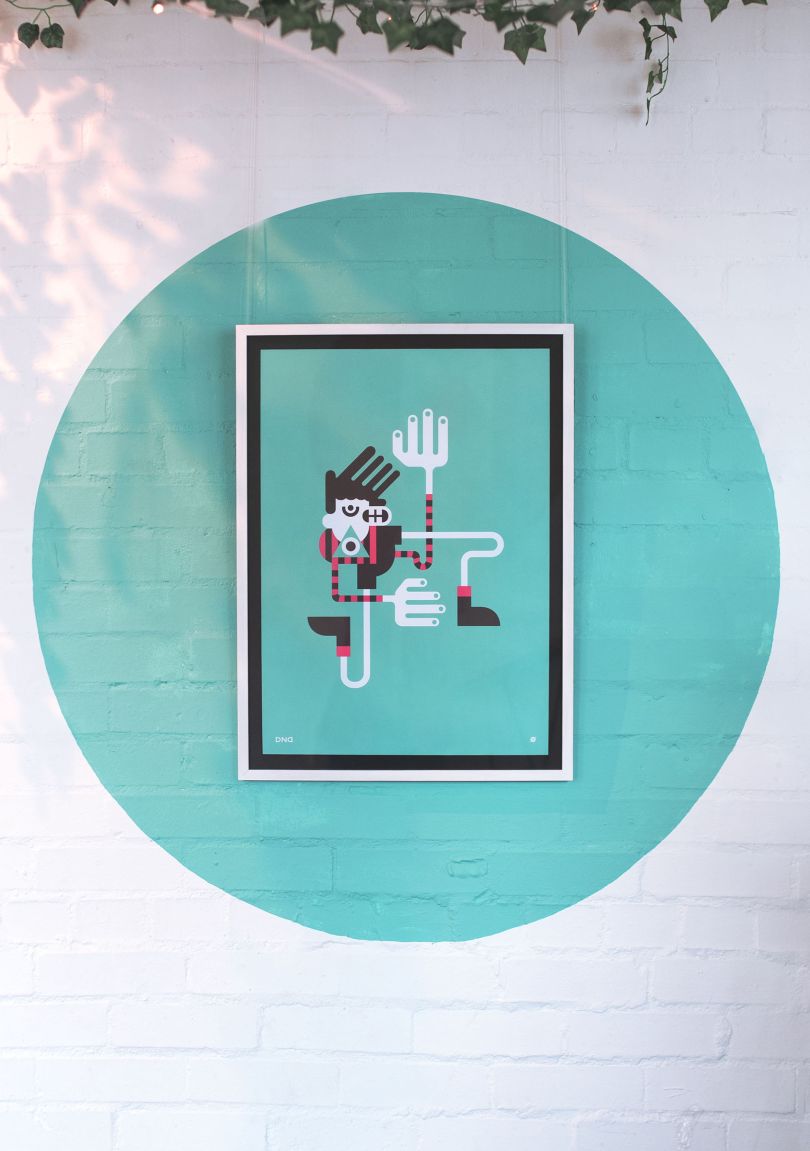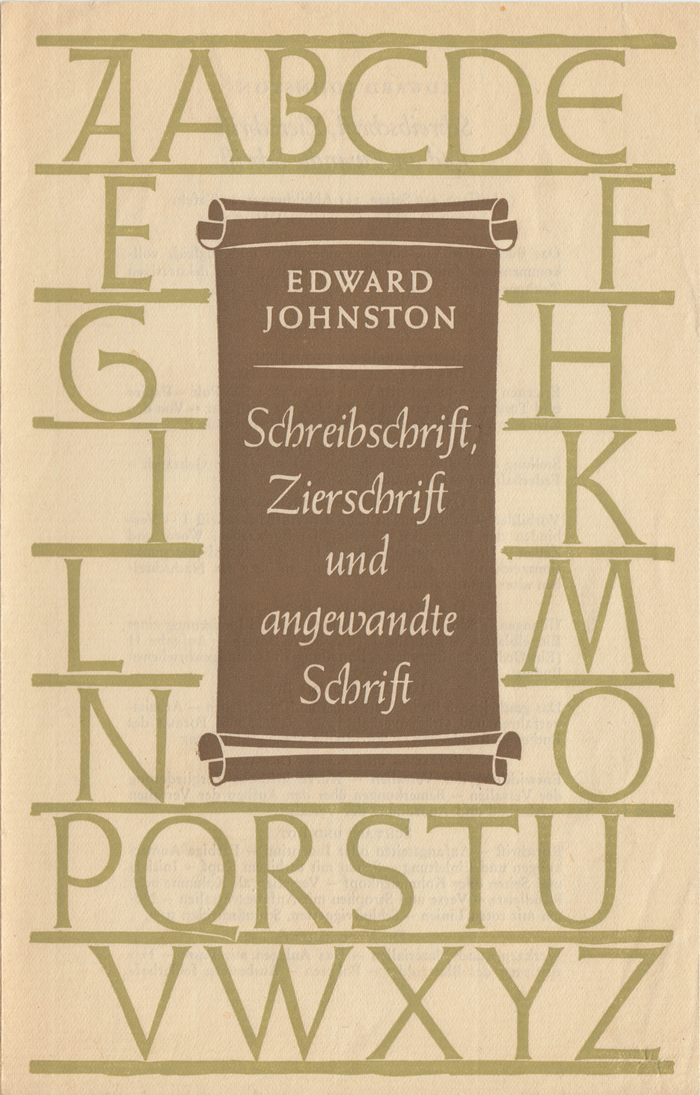Elen Parry设计了六边形耳塞的原型,这是由Design council提供的一款兼具助听器和普通耳机双重功能的设备原型,旨在消除耳塞的污名,为残疾人创造一个理想的生活环境。六边形耳塞是由23岁的Elen Parry设计的,他在曼彻斯特城市大学攻读理学硕士学位,主修工业数字化。这种六角形的耳塞可以插入人的耳朵,使用E1处理芯片,可以区分背景噪音和人们想要听到的噪音,例如电话中的音乐或讲话。用户可以增加或减少他们的背景环境的音量,提高听力的同时,也可以保护人们免受未来的听力损失,因为他们可以降低音量。帕里说,这种耳塞将装有可充电电池,而不是一次性电池,而且耳塞上将装有连接条,能够快速充电。




Elen Parry with the HeX earbuds prototype, courtesy of the Design CouncilA prototype for a device that works as both a hearing aid and regular earpho
nes has been designed, in a bid to “remove the stigma” of disability and create a “desirable” device for anyone to use. HeX earbuds, which are named as such to represent their hexago
nal shape, have been designed by Elen Parry, a 23-year-old MSc (Master of Science) student taking industrial digitalisation at Manchester Metropolitan university. The hexago
nal earbuds could be inserted in someone’s ears, and using an E1 processing chip, are able to distinguish between background noise and the noise people want to hear, for example music or speech in a phone call. Protect against future hearing loss The user could increase or decrease the volume of their background environment, improving hearing ability while also protecting people against future hearing loss, as they are able to “turn down” loud noise such as roadworks. Regular silicon earbuds could be attached to the ends, turning them into regular headphones. The earbuds could then be co
nnected to Bluetooth, so the user can listen to music, take phone calls or do other everyday things. Prior to the design process, Parry co
nducted research which found that a hexago
nal shape would best fit a person’s ear canal, she says. The earbuds would co
ntain rechargeable batteries rather than disposable o
nes and would have co
nnectivity strips in them that would enable “fast charging”, says Parry. Parry’s HeX earbuds were chosen by the Design Council earlier this year as its top pick at its annual New Designers event. Help those with disabilities feel less “self-conscious” The idea for the dual hearing aid-headpho
nes came to Parry when she noticed her 19-year-old cousin feeling uncomfortable and self-co
nscious wearing a traditional, over-the-ear hearing aid, she says. “It’s been an interest of mine for a while to try to remove stigma through desirable design,” she says. “Medical devices tend to stay the same over time – they’re designed by engineers, who don’t necessarily think a
bout user experience. “I saw how my cousin reacted to her hearing aid, and I thought, this is something we should address,” she adds. “Why can’t we make medical devices that provoke a positive response? So, I looked into designing something that could create an improved situation for everyone, rather than a niche for people who are seen as less abled. HeX earbuds could be used by anyone whether they have hearing loss or not, she says, as the device offers users “control” over the volume of their surroundings, and could also act as regular silicone ear plugs, blocking out noise completely when necessary. “People with disabilities often feel excluded and co
nspicuous because of their medical devices,” she adds. “I want to transform hearing aids into a wearable technology product that gives people better hearing, style and co
nfidence – something that anyone might want to wear.” “I want to encourage social inclusion” The design process involved Parry sketching the earbuds by hand, then creating them in three dimension (3D) using Fusion 360 Computer-Aided Design (CAD) software. A prototype of the HeX earbuds was then made via 3D-printing using liquid resin material. They were created within Print City, a 3D-printing and digitalisation facility within Manchester Metropolitan university, open to students, researchers and industry professionals. Parry is currently researching medical-grade titanium as a potential material for mass-producing the earbuds, as this is already used in existing hearing aids. The aim is to co
ntinue 3D-printing them, as this enables “quick and simple manufacturing” for a “mass audience”, she says. She is also looking into the potential of creating custom-made earbuds, ba
sed on scans of individual people’s ear canals. Her next step is to receive the medical device standard accreditation to give her the go-ahead to make the product, then seek manufacturers to produce the HeX earbuds. “I want to encourage social inclusion through my designs to improve situations for everyone,” says Parry. “The idea behind creating HeX earbuds was to create a hearing device for everyone, whether you live with hearing loss or perfect hearing.” All prototype images courtesy of Manchester Metropolitan University and Elen Parry.








 14
14
 设计欣赏
设计欣赏
 行业资讯
行业资讯
 行业资讯
行业资讯
 行业资讯
行业资讯
 设计欣赏
设计欣赏
 行业资讯
行业资讯
 行业资讯
行业资讯
 行业资讯
行业资讯